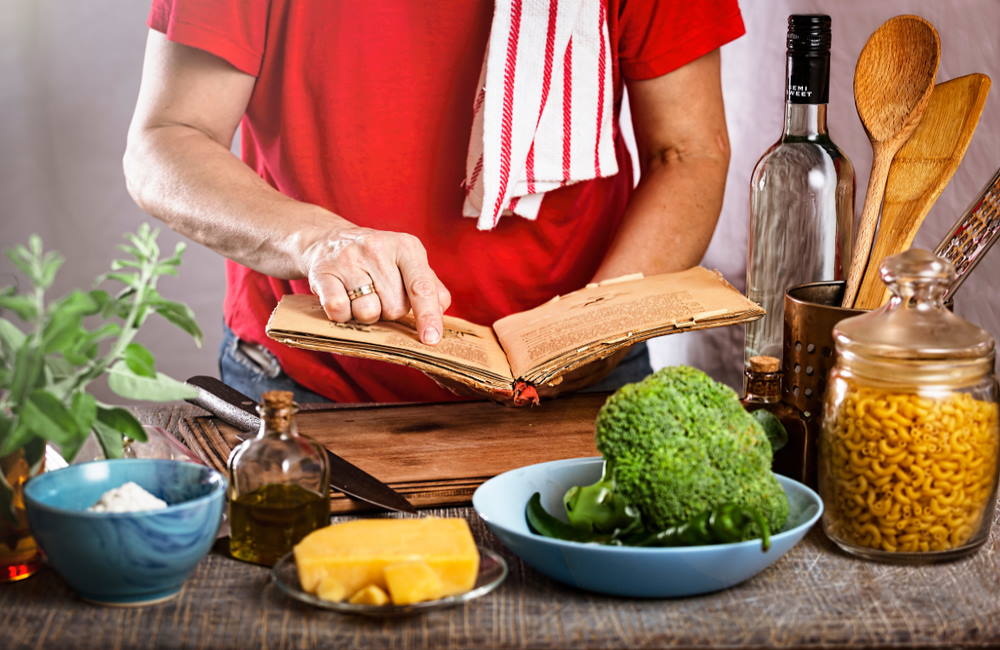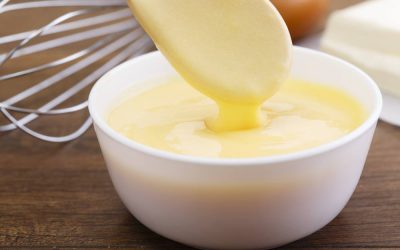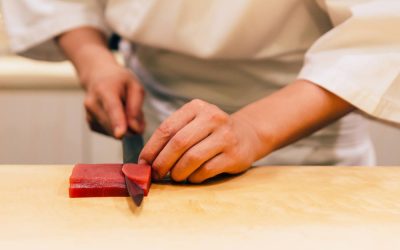Cookbooks for Beginners: Learn Your Way Around the Kitchen
I grew up in an Italian-Spanish household where my nana was in charge of dinner for my father, sister, aunt, uncle and nanno as well. Nana wasn’t the most patient teacher in the kitchen and when asked why she cooked something a certain way she would simply reply “that’s how my mother taught me to do it” and there wasn’t a cookbook insight.
Fast forward to today’s world with the advent of food network, celebrity chefs, Amazon, and Barnes and Noble, cookbooks for beginners have become a daunting terrain to navigate. When I realized that I was interested in understanding food outside of my family’s recipes I began the search for a couple of good cookbooks for beginners and that’s when I discovered two that gave me all of the answers I had been looking for.
Cooking for Beginners with Culinary Artistry
The first book I connected with was Culinary Artistry by Karen Page and Andrew Dornenburg. This was the first time I explored a cookbook that explained food and how to match your ingredients and spices to make a complete meal. The book explained the when, where, how, and why of cooking according to some of the leading Chefs in the nation, instead of providing recipe steps only. It’s easy to navigate cookbooks for beginners that teach you how to combine ingredients to make a delicious meal that makes sense.
One of my favorite features is a table that matches ingredients to the season and identifies flavor infinities! Wait, flavor infinities… what are those? I digress. And I can’t forget to mention that in addition to everything else, the book includes recipes from these chefs and their restaurants.
After realizing I’d found an awesome reference for not just recipes but actually learning about food, I discovered there were multiple books by these two cooks and authors, leading me to The Flavor Bible.
Cooking Expertise for the Novice
The Flavor Bible is the follow up book to Culinary Artistry and takes everything to the next level, expanding their ingredients matching guide, listing just about every ingredient under the sun and what they pair with. This book also touches on important topics such as the concept of flavor = taste + mouthfeel + aroma and what is identified as the x factor.
The book once again taps the expertise of the leading chefs of the time. I began using the two resources in unison and that is where I started to find the answers to why Nana used the techniques and ingredients that her mother had taught her– mind blown!
When I began writing recipes for my family and eventually my Tampa Bay catering business menus, these two books were incredibly helpful, and I still enjoy reading them today. Go out, pick one of them up, and email your responses—likes, dislikes, and discoveries.



